Dentures are removable dental appliances that are used to replace missing teeth. They can be used in cases where there is only a partial loss of teeth or for edentulous patients that have lost all of their teeth. This loss may lead to many changes and difficulties in the processes of mastication, speaking, swallowing and facial expression. Unlike crowns and bridges, dentures are removable. There are several different types of dentures including complete dentures, partial dentures, combination dentures and implant dentures.
The complete dentures are used when patients do not have any remaining teeth in their mouth. The partial ones are used when patients have remaining teeth, but fixed bridges and crowns cannot be used. The partial dentures are usually less expensive than crowns or bridges. The combination dentures include both fixed appliances and a removable denture. The implant dentures use implants as an anchor.
Types of dentures:
Dentures are divided into two large groups: full and partial. The full (complete) is indicated for people that have lost all of their teeth. This type can be conventional or immediate. The conventional type is done several months after the extraction of the last tooth, and they are the most common one. The immediate full denture is placed in the mouth right after the removal of the last tooth. They are usually meant for people that can’t spend time without any teeth in their mouth, for example, because of their profession that requires a public appearance.
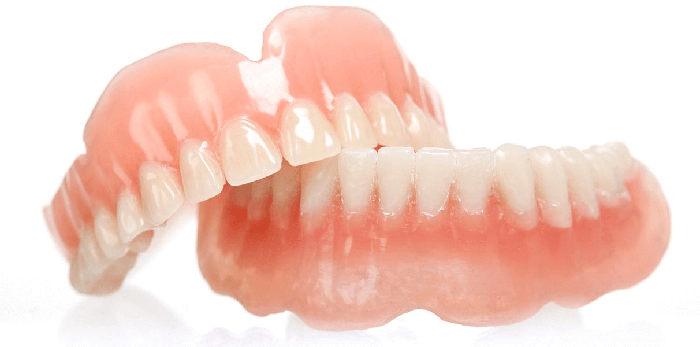
The partial type is meant for people that have still remaining teeth in the mouth. For these cases, crowns and bridges might not be indicted. Also, some people can’t afford bridges so they go with partial dentures. The natural teeth are anchors that carry the denture and are connected with special elements. Metal partial dentures are a common type, that feature both metal and acrylic parts and use metal clasps for retention. They are a more advanced version of the conventional partial dentures and a more expensive one.
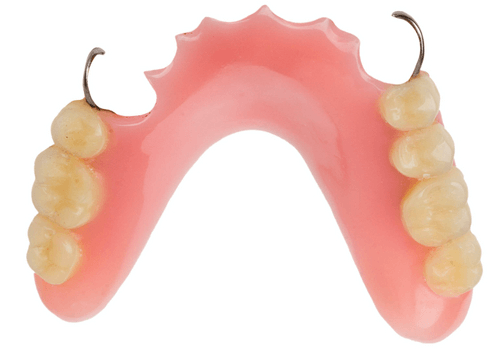
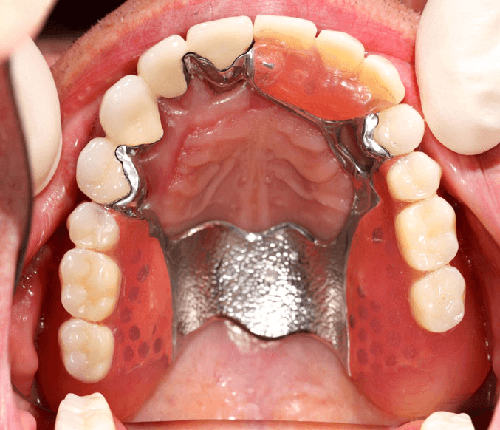
There are two other types of partial dentures that include telescopic crowns or precision attachments. They offer better aesthetics compared to the conventional ones. The telescopic dentures feature telescopic crowns on the supporting teeth. These are double crowns made of two parts. Instead of using metal clasps, they use retention based on friction. One of the crowns is located on the tooth, the second crown is a part of the denture. Dentures with precision attachments used different types of attachments instead of metal clasps. The precision attachment is made of two parts, a male part that comes on the denture and a female which is fixed on the crown or bridgework.
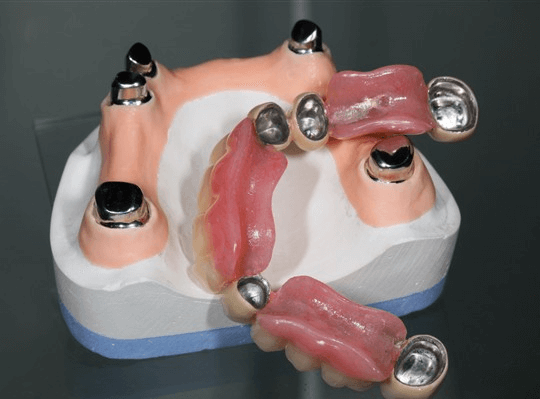
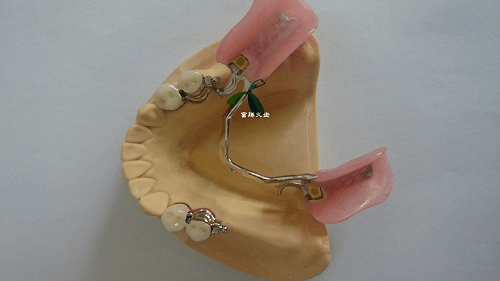
Dentures supported by implants are another innovation. These restorations can use different ways of retention(locators, dalbo, etc.). Implant dentures are a common type these days but are more expensive compared to the conventional ones. This type is supported by implants placed on several spots in the jaw. They are good in terms that the bone is protected, and the masticatory pressure is transferred through the implants on the jaws. Once you’ve talked to your dentist they will be able to give you more information and advice on which type is the best one for you.
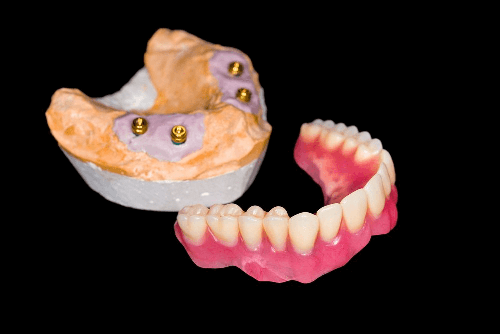
Importance:
Dentures are very commonly used, mostly because of their affordable price. Compared to fixed restorations such as crowns, bridges, and implants they are much cheaper. That is one of the reasons why people decide to get dentures. These mobile restorations will replace all the missing teeth and provide a good aesthetic moment. They are not as good looking as other fixed restorations, but patients are usually satisfied with the end result. They will restore functions such as chewing, eating, swallowing, speaking. Also, they will help the emotional state of a patient who lost their natural teeth. Some patients have difficulty in getting used to the dentures in the beginning so they require an adaptation period.




